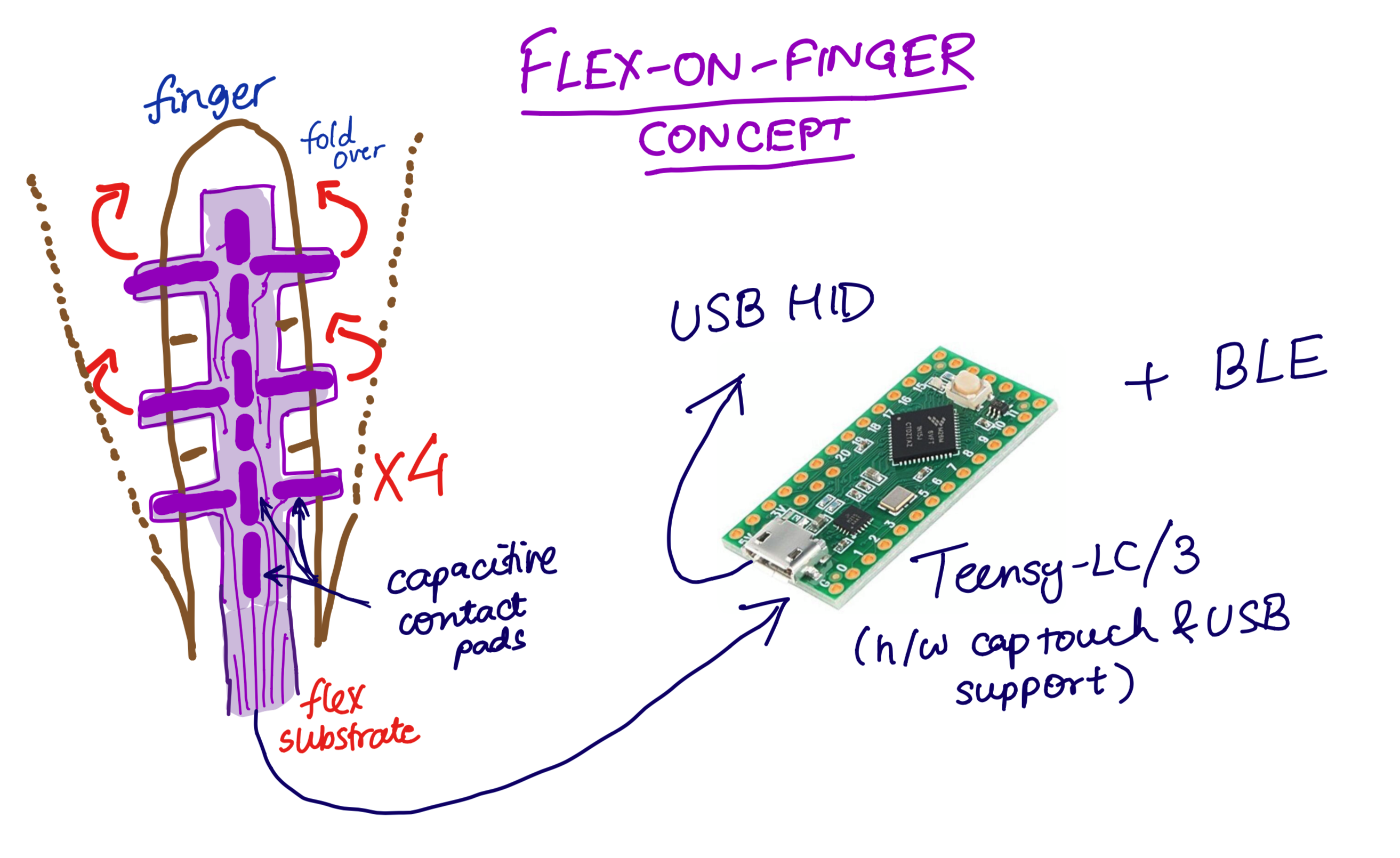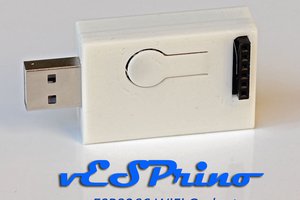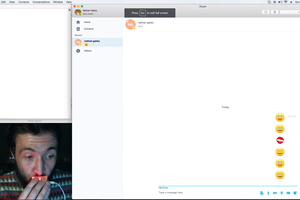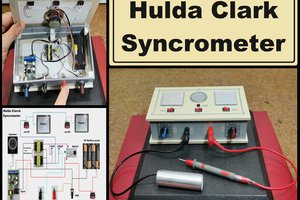The idea is simple - create an input device that relies on tapping your thumb against the inner sides of the fingers - the phalanges. Keeping the thumb independent and free to move, it has (4 fingers) * (3 phalanges per finger) = 12 combinations of a single tap gesture. Multiple taps can increase the number of key combination possible. I have the key mapping open-ended for now, but I am open to ideas.
I foresee this project to be useful both for non-differently abled and differently abled people.
I will create the first prototype for this project using capacitive touch sensing on a flexible PCB substrate mounted on every finger. If and when this is proved, the next challenge will be to do this without wearing anything over the finger.
The device would connect to the computer/mobile/tablet using either USB HID or BLE. Both are well-established for the purpose and the challenge I see is in making the sensing work.
 Kumar, Abhishek
Kumar, Abhishek



 Vladimir Savchenko
Vladimir Savchenko

 mircemk
mircemk
I was really struck by your project, as I have frequently been in environments where I've wanted an input device, but haven't been able to carry or use a conventional keyboard.
I'm very reluctant to post, because I feel that feature creep is the bane of a starting project. But have you considered additional input locations (you currently have 12 per hand). If you can get it to 20 per hand, you essentially have a full keyboard of 40 keys (36 alphanumerics, a space bar, enter, shift key, and a shift on the other hand).
Your idea is brilliant, and tremendously enabling for so many different use cases. Best of luck!